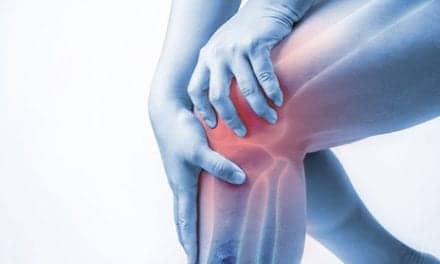Major League Baseball (MLB) pitchers who throw a large number of fastballs may be at increased risk of needing Tommy John surgery.
Research from Henry Ford Health System suggests that MLB pitchers who had undergone Tommy John surgery threw, on average, 7% more fastballs than MLB pitchers who did not receive the surgery.
The study, published recently in the Journal of Shoulder and Elbow Surgery, notes that there were no statistical differences in other pitch types like curveballs, sliders, and change-ups. The researchers also found no correlation between pitch velocity and risk of injury, according to a media release from Henry Ford Health System.
“Our findings suggest that throwing a high percentage of fastballs rather than off-speed pitches puts more stress on the elbow,” says Robert Keller, MD, chief resident in Henry Ford’s Department of Orthopedic Surgery and the study’s lead author, in the release. “This leads to elbow fatigue, overuse and, subsequently, injury.”
In the retrospective, case-controlled study, Keller and his research colleagues collected data of 83 MLB pitchers from 2 years before and after they had surgery and matched it against pitchers in a control group with no prior surgery over the same time period. Data included pitching statistics like pitch velocity, pitch types, and innings pitched, as well as pitching demographics like age, experience, and whether they are left-handed or right-handed, per the release.
In light of the fact that only MLB pitchers were used in the research, Vasilios (Bill) Moutzouros, MD, a Henry Ford orthopedic surgeon and the study’s senior author, notes in the release that the study’s findings should be viewed with perspective and caution.
“Our research should not be interpreted by pitchers who may now think they can go out and throw 80% of curveballs and not be at risk of injury,” Moutzouros states. “With overuse and continued stress on the elbow, the potential for injury over time is very real and at any playing level.”
[Source(s): Henry Ford Health System, Science Daily]





